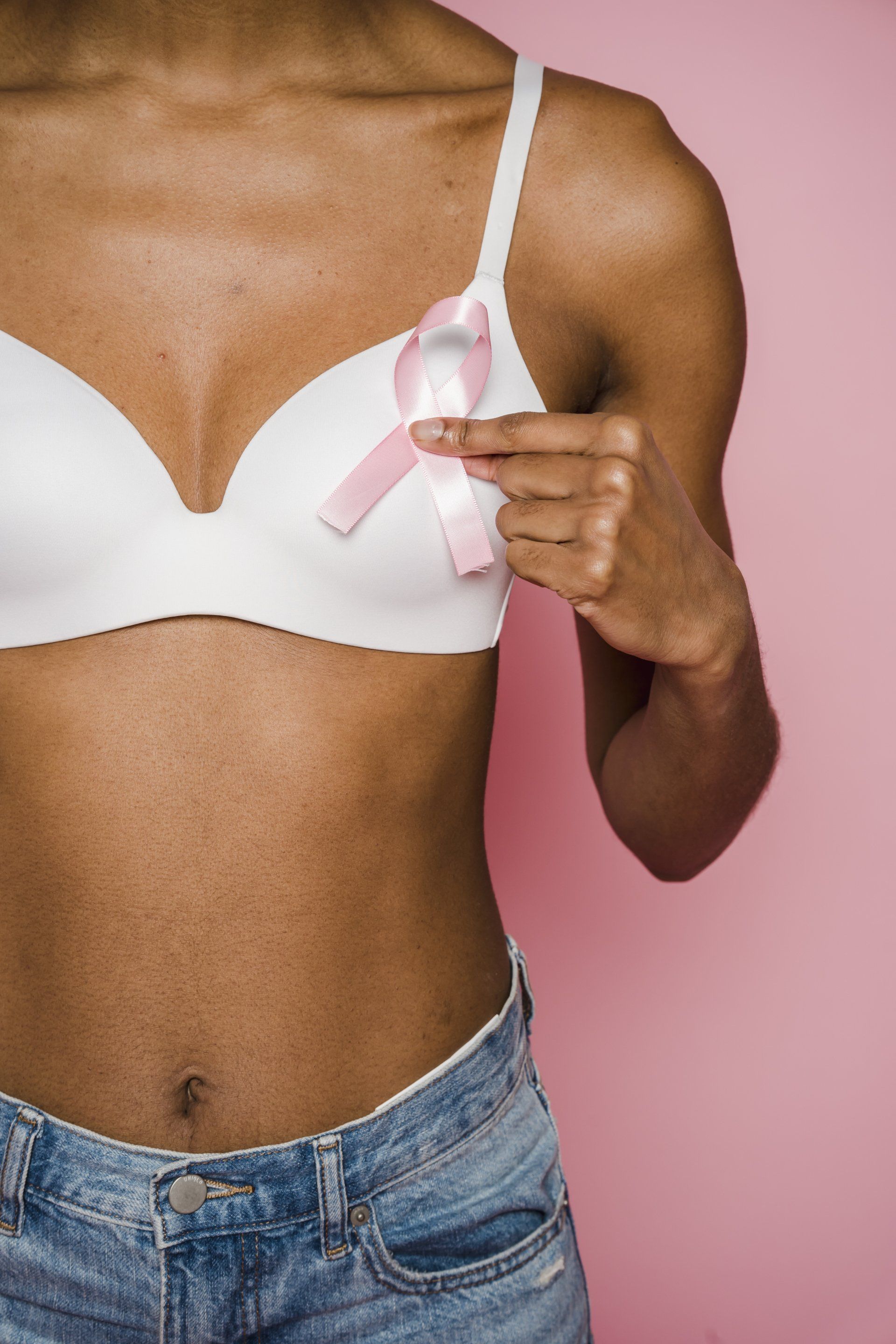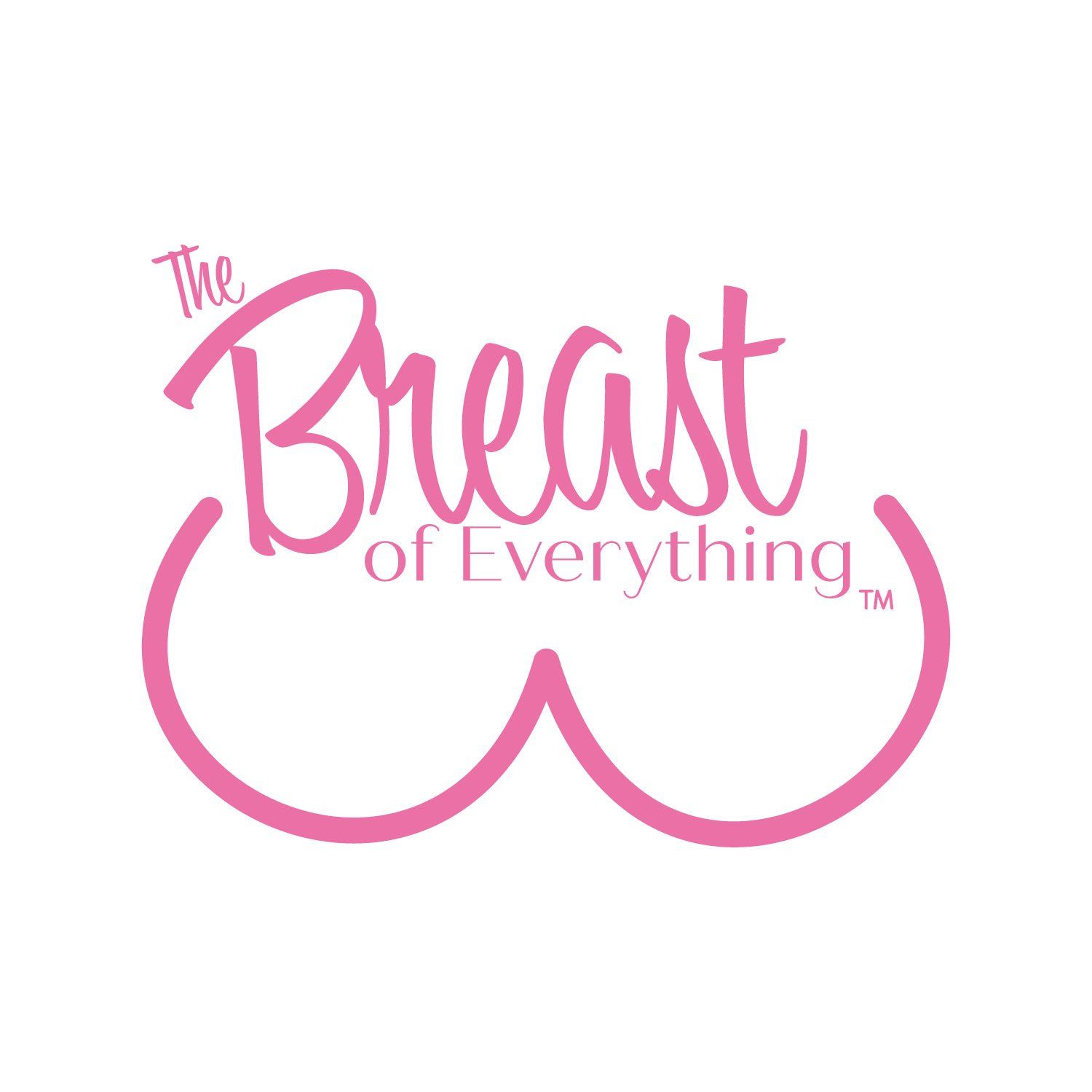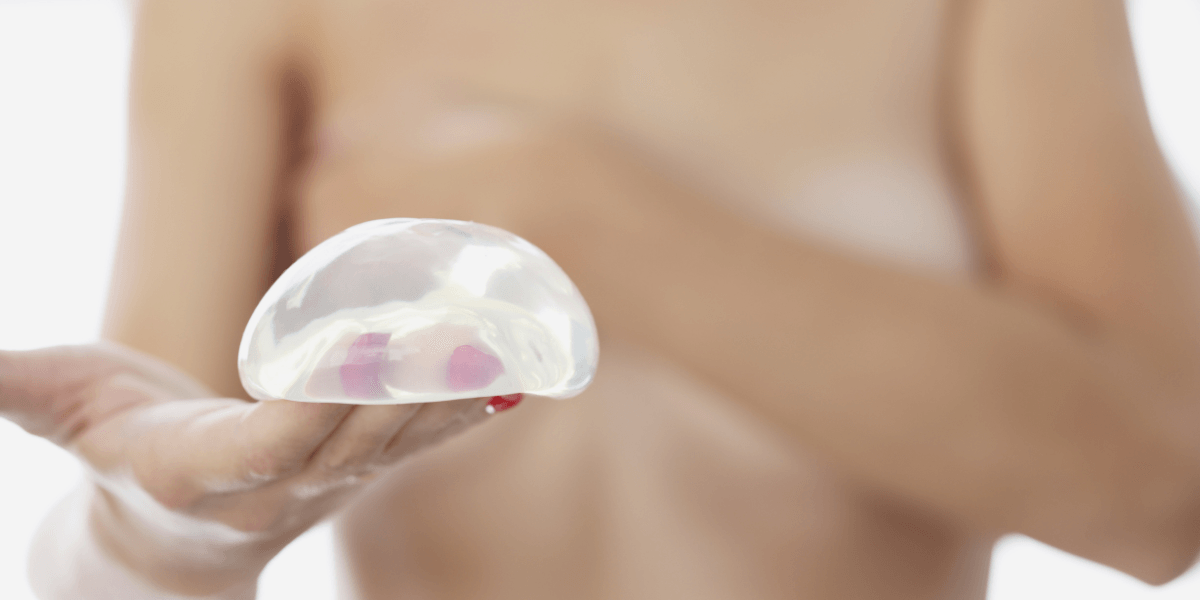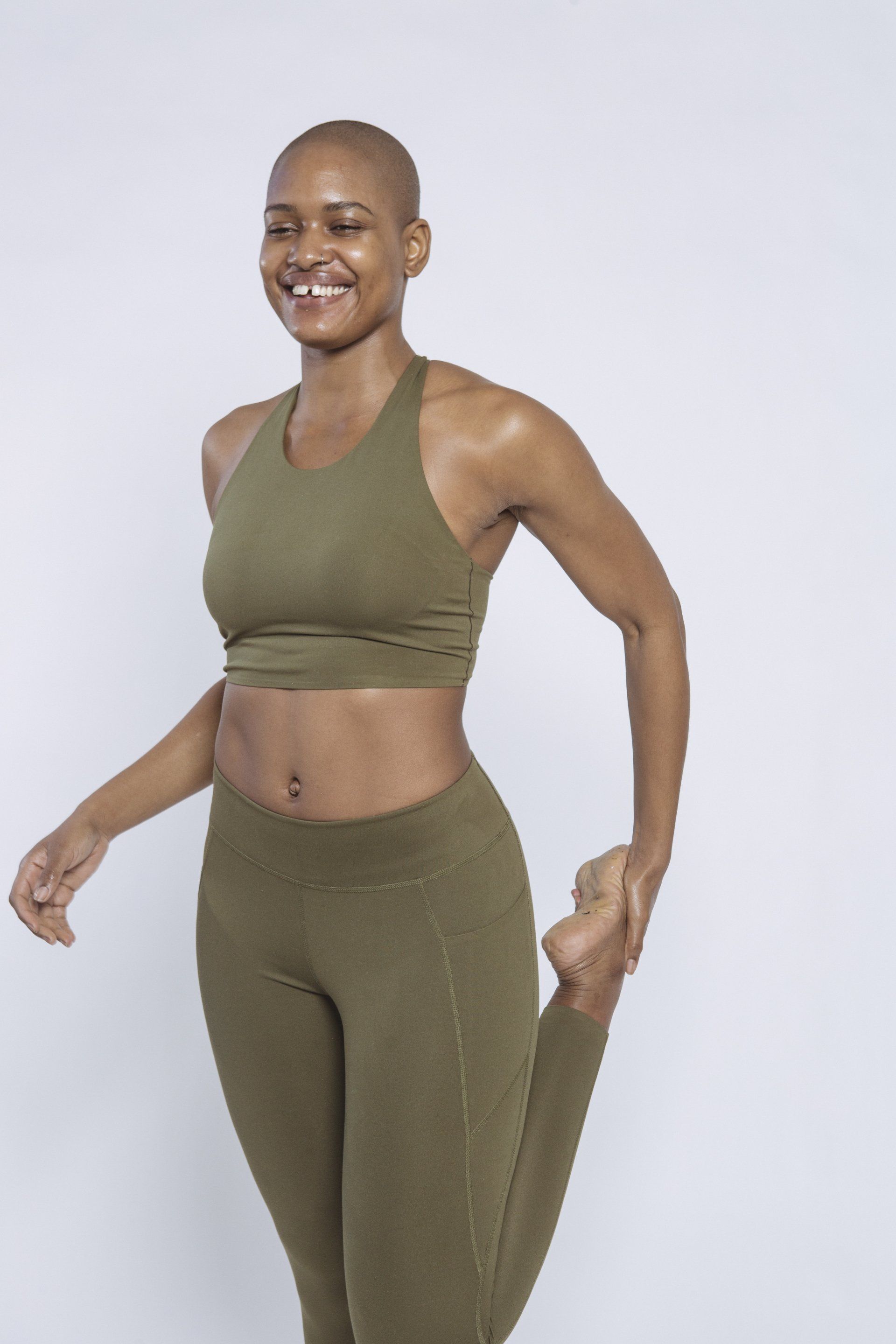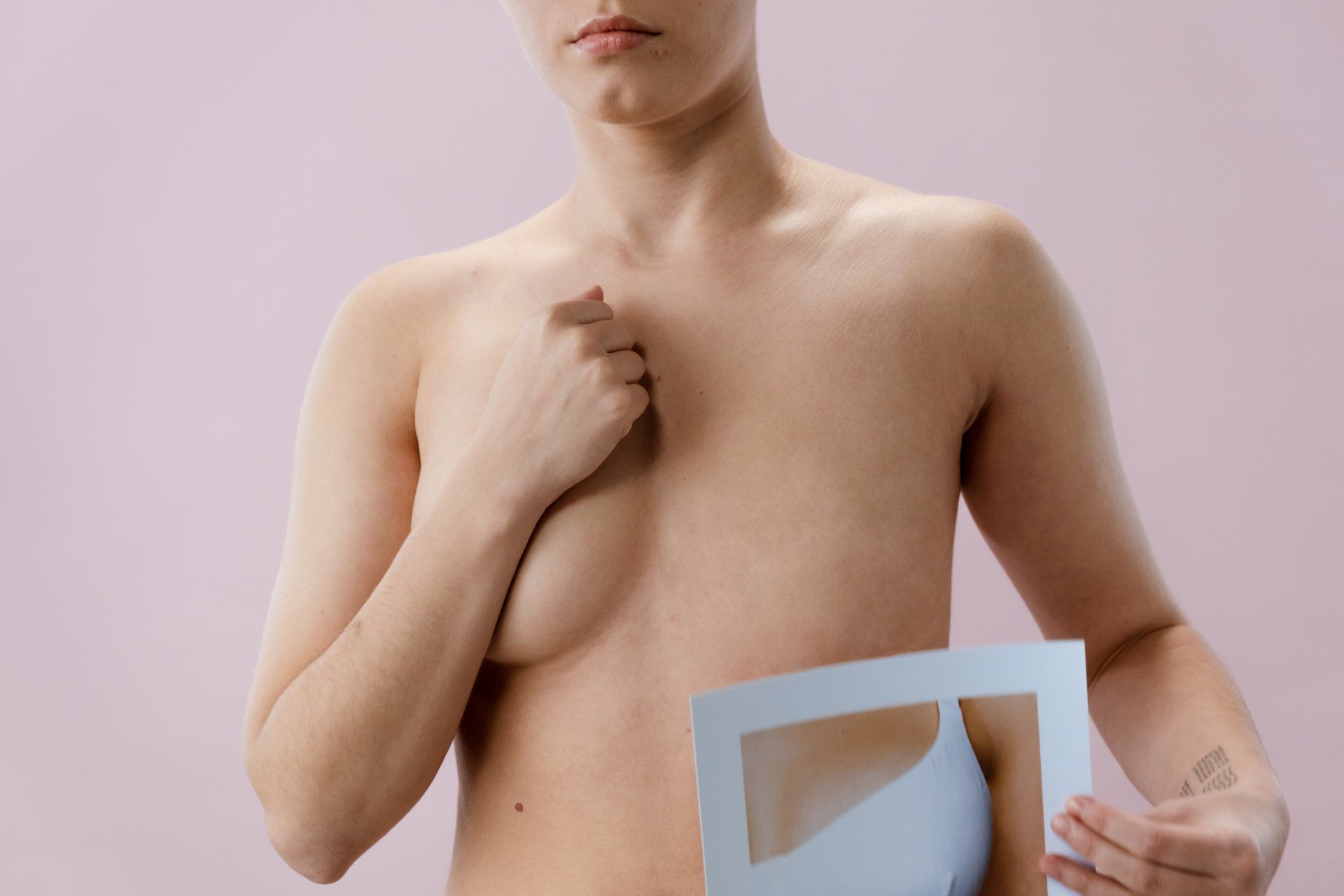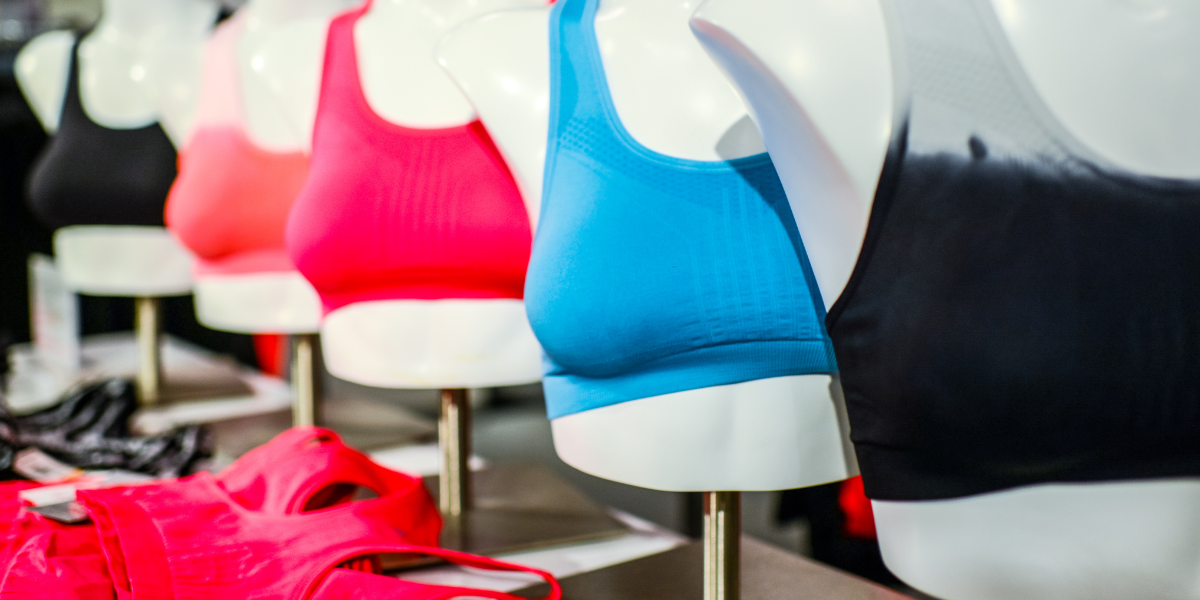10 Best Breastfeeding Positions
Breastfeeding is a natural way to feed your baby, and it offers a range of health benefits for both mom and child. But finding the right breastfeeding position can be tricky, especially in the early weeks after giving birth.
Here are a few breastfeeding positions, each one designed to make nursing easier and more comfortable for both you and your baby.
RELATED: Firm Breast Workout: 6 Chest Exercises to Lift Breasts
Feed Your Baby: The Different Breastfeeding Positions
Preparing to Feed Your Baby
Breastfeeding is a wonderful way to provide your baby with the nutrients they need to grow and thrive. However, it can take a little bit of preparation to get started.
Here are a few things to keep in mind as you get ready to breastfeed:
- Get acquainted with your breasts: You'll want to become familiar with your nipples and how they respond to stimulation. When you're ready to start breastfeeding, gently stroke or roll your nipples between your thumb and forefinger until they become erect. This will help your baby latch on more easily.
- Talk to a health professional about any medications you are taking: Some medications can pass into your breast milk and may not be safe for your baby. Be sure to talk to your doctor or a lactation consultant about any concerns you have.
- Make sure that you have everything you need: You will need a comfortable place to sit or recline, a breastfeeding pillow for support, and a water bottle to stay hydrated. It's also helpful to have a burp cloth or nursing cover on hand.
- Try to relax: The more relaxed you are, the easier it will be for your baby to latch on!
Different Breastfeeding Positions
Once you're ready to start breastfeeding, there are a few different positions that you can try:
- Cradle Hold
The cradle hold is one of the most popular breastfeeding positions. It is great for breastfeeding mothers who are just starting out, as it is relatively simple to learn and can be easily mastered with a little practice.
To assume the position:
- Sit in a comfortable chair with your baby cradled in one arm, facing you. Pillows can be used to support your back and arms, and your baby's head should be level with your breast.
- Once you are settled, you can then bring your baby's mouth to your breast.
- You may use your free hand to support your breast or help guide your baby's head.
Pro Tip: You may need to adjust your position slightly to find the most comfortable and effective positioning for you and your baby. Some mothers find that leaning forward slightly helps their baby to latch on more easily.
- Cross-Cradle Hold
The cross-cradle position is similar to the cradle hold, but you'll use the opposite arm to support your baby. This position can give your baby good control of the nipple, and can be helpful if your baby has trouble latching on. You may also use this position to burp your baby easily!
The crossover hold is great for newborns and young babies, as it gives you a good view of your baby's nose and mouth to ensure they are positioned correctly. It also gives your baby a good view of your face and easy access to your breast.
To do the cross-cradle hold:
- Start by holding your baby in the crook of your arm opposite the breast you plan to feed from--right arm for left breast, and left arm for right breast.
- Bring your baby's head close to your breast, using your hand to guide and support your baby's neck and head.
- Once they are latched on, you can gently adjust their position until they are comfortable. You can also use a pillow to support your arm and baby.
- Side-Lying Position
The side-lying position is a great way to breastfeed your baby, especially if you are tired or have back pain, as it allows you to relax while you're breastfeeding. It also doesn't put as much pressure on your back as other positions.
Additionally, the side-lying is a good position if you are recovering from a C-section or other abdominal surgery.
To nurse in the side-lying position:
- Simply lie on your side with your baby facing you. You can prop yourself up on a pillow if needed.
- If your baby is small, you may need to put a pillow under his head to raise it to the level of your breast.
- Once you are comfortable, guide your baby to your breast and allow him to latch on.
- You may find it helpful to use a nursing pillow to support your arm and baby during feeding.
- Reclining or Biological Nursing or Laid-Back Breastfeeding Position
The reclining or biological nursing position is when the baby is positioned upright on your chest. You can breastfeed in this position whether you are sitting in a chair or lying down on a bed.
There are several benefits to this position for both the mother and the baby. For the mother, it can be helpful if you are dealing with any jaw or neck pain. For the baby, this position allows gravity to work in their favor, making it easier for him or her to latch on and drink. They can also see the mother's face, which can be reassuring.
To get into the laid-back position:
- Start by situating yourself so that you are leaning back against a support, such as a pillow.
- Then, bring baby up to your breast, supporting his or her head with your hand. Your baby should be able to latch on easily in this position.
- Clutch Hold or Football Position
The football breastfeeding position gets its name from the way that the baby resembles a football when they are positioned in this way. This is especially helpful if you have a larger chest, as it helps to support your breasts and keeps the baby from getting lost underneath them.
To get into the clutch hold:
- Simply place a pillow under your arm and tuck it under your breast.
- Then, bring your baby close to your body and support their head with your hand.
- Football Hold for Twins
Twin mothers often face unique challenges when it comes to breastfeeding. Not only do they have to worry about maintaining a decent milk supply, but they also have to contend with the logistics of nursing two babies at the same time.
Fortunately, the football position not only allows you to nurse both babies simultaneously--it also helps to keep them calm and content.
To do this:
- Simply place one baby on each side of your body and support their heads with your hands.
- Then, use your arms to "hug" the babies close to your body.
- Bring their head close to your breast and let them latch on, supporting their head and neck with your hand.
- Upright Breastfeeding or Koala Hold
In this position, the mother sits upright with her baby in her lap, facing her. The baby's head is supported by the mother's hand, and the baby's body is positioned so that it is leaning against the mother's chest. This position allows the baby to latch on easily and also provides good support for the mother's back and arm.
To get started:
- Sit upright in a comfortable chair with your back well-supported, feet flat on the ground, and baby cradled in one arm.
- Bring your baby close to your chest and support their head with your hand, while using your other hand to support baby's bottom.
- Once baby is latched on, you can gently lean back and recline against the chair.
RELATED: Atypical Ductal Hyperplasia: What You Need To Know
- Dangle Feeding
Dangle-feeding is when you lay your baby down on their back and dangle your breasts over them to feed. This position is helpful because gravity will help to move the clogged milk out of your breast. Additionally, it can also help to increase your milk flow.
To get started:
- Place your baby on their back on a flat surface, such as a blanket.
- Lean over your baby or get on all fours, and offer your breast. Position yourself so that one breast is hanging over baby's head, with the nipple pointing down.
- Gently guide baby's head to your breast and allow them to latch on.
- Once they are latched on securely, you can relax and let them feed.
- Nursing in a Sling
This position is useful when you are trying to nurse in a public place. By keeping your baby close to your body, you can help to discreetly feed your little one.
Furthermore, this position provides plenty of support for both you and your baby, and it gives you the freedom to move around and adjust as needed.
To nurse in a sling:
- Simply put your baby in a sling, and then position the sling so that the baby is lying down with his or her head near your breast.
- Adjust the fabric so that your baby is securely in place, then position yourself so that you are comfortable.
- Once you and your baby are settled, you can begin nursing. If you need to adjust the position of the sling, simply loosen the fabric and reposition as needed.
- Dancer Hand Nursing Position
Mothers with babies who have weak muscles will find this position to be helpful. This is because the “dancer hand” position places the weight of your breast off the baby’s chin, and it helps them to keep their head steady while feeding.
To nurse in the dancer hand nursing position:
- Use a C-hold to help support your breast. Place your thumb on top of your breast and your four fingers underneath.
- Then, slide your hand which supports your breast forward. Your breast must now be supported with your three fingers rather than four. You should now be able to freely move your thumb and index finger.
- Bend your index finger just enough to gently hold one side of your baby's cheek with your thumb holding the other cheek.
- Your thumb and index finger should make a "U" form. Your baby's head should rest in the center of the "U," with the chin on the bottom of it.
Proper Latch vs. Poor Latch
It's important to distinguish between a proper latch and a poor latch because a poor latch can lead to inefficient breastfeeding, which can cause a number of problems.
A proper latch is deep, with the baby taking in a large amount of areola. You should hear your baby swallow regularly while they are nursing.
A poor latch, on the other hand, is shallow. This means that the baby only takes in the nipple, which can lead to sore nipples and low milk supply.
If you think your baby has a poor latch, try repositioning them and see if that helps. If not, speak with a lactation consultant or your doctor for further assistance.
How to Position Baby for a Good Latch
A good latch is essential for successful breastfeeding, so it's important to take the time to position your baby correctly. Here are a few tips:
- Bring your baby close to your body. Make sure your baby's chin is touching your breast. This will help to tilt the lower jaw forward and make it easier for your baby to open wide. You may need to adjust your position so that they're not leaning too far forward or backward.
- Once they're in position, gently tickle their lips with your nipple until your baby opens their mouth wide. Then, quickly bring them closer and guide their mouth onto your nipple and areola (the dark area around the nipple).
- If you see cracks or redness around the nipple, it means they're not latched on correctly and you'll need to adjust their position.
Signs of a Proper Latch
There are a few key signs that indicate your baby is latched on correctly:
- Your baby's lips will be flanged out, not pursed in or rolled under.
- You should see more of the areola above their top lip than below their bottom lip.
- They should be sucking rhythmically, not making clicking noises.
- There shouldn't be any pain while they're nursing.
Unlatching Your Baby
Once your baby is finished nursing, you'll need to unlatch them from your breast.
To do this, insert your finger into the corner of their mouth and break the suction. You can then bring them away from your body and burp them if needed.
Final Thoughts
The best breastfeeding position is the one that is most comfortable for you and your child. There are a variety of breastfeeding positions that you can try, so experiment until you find the one that works best for you. And remember, if you're having trouble breastfeeding, seek help from lactation consultants. They can offer guidance and support to make the process easier for you and your baby.
Up Next:
- How To Prepare For A Mammogram: Your Ultimate Guide
- What Is A Wellness Exam For A Woman And Why You Should Get One
- The Importance Of Preventive Health Care For Women
